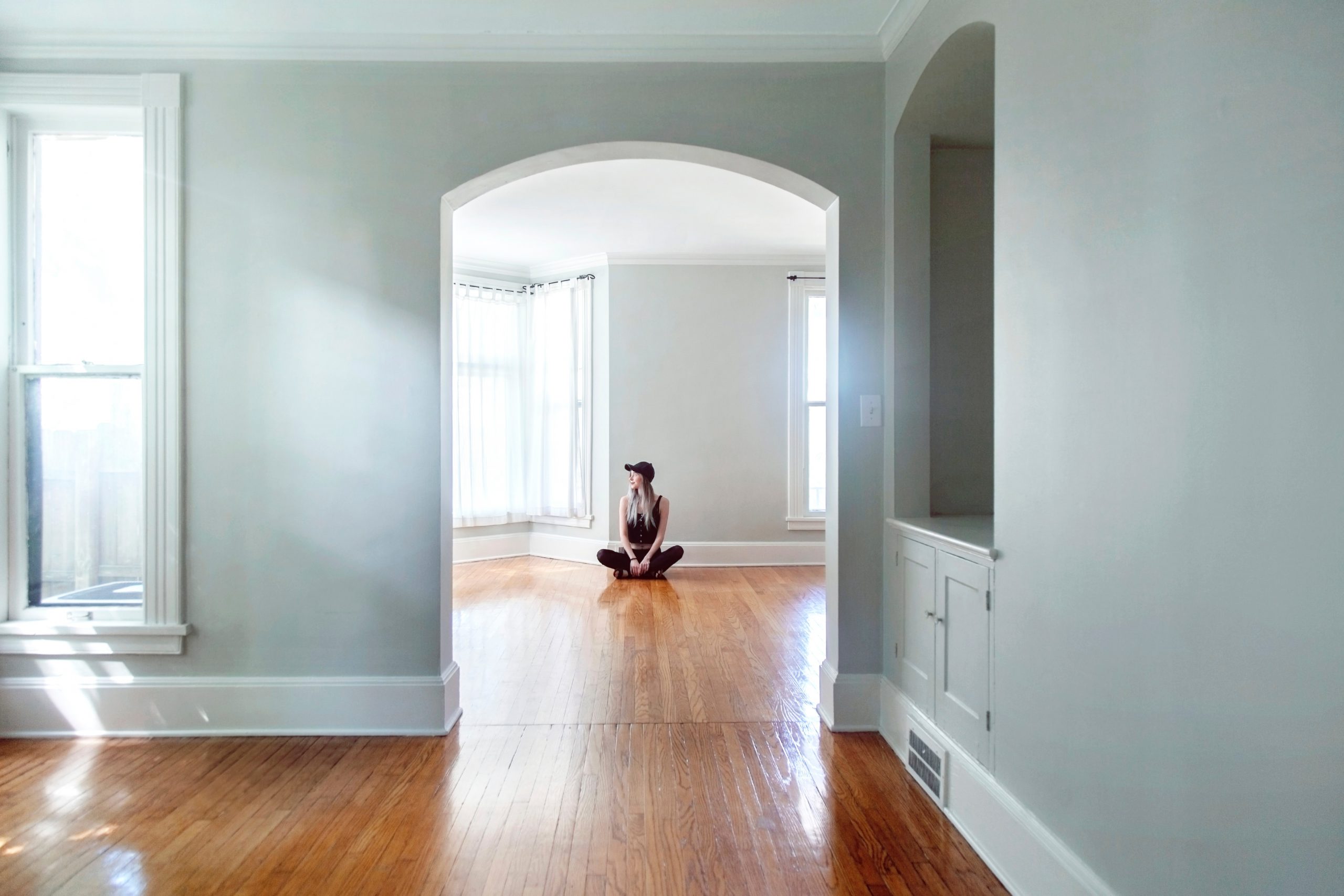So now that you’re a proud owner of a heritage home, you’re probably daunted by the task of decorating the space. While it’s a lot of pressure to care for our history, there are many experts out there who can help. Finding a good interior designer with heritage experience will save you time, money, and effort in renovating your home.
But as with any project, it always helps to do your research, too. Here are some basic interior design tips you should know:
Don’t be afraid of change
There’s a misconception that maintaining a heritage home means preserving every single item that came with it. Although the house withstood years of use, some fixtures have most definitely been worn out through time and probably aren’t worth the restoration fees. It helps to look at your space and figure out what’s worth saving and what isn’t. Modernising a space is a way to preserve it, and if you’re still unsure about what to do and how to do it, feel free to consult with an expert to help you.
Figure out the limitations of your space
Because they’re so old, chances are heritage houses lack certain features that modern homes do. Closets, for one, were a rarity in many old homes. People back then just didn’t have as many clothes as we do now, and so they didn’t need closet space. Then there’s the lack of access to outdoor light. Because heat during winter was hard to come by, homes usually made do with small windows. Energy-efficient buildings now use a range of simple technology to retain heat, windows being one of the main features. Consult with a builder and interior designer to work around these limits and utilize the space as best as you can. There are so many technologies today that you can use to make your home comfortable without sacrificing your interiors’ overall look.
Highlight the major design elements of your home
Once you’ve assessed your space, you more or less have an idea of what the main design elements of the house are. Use these as inspiration and find pieces that will work best with them. This beautiful marble mantel in a Victorian brownstone, for example, was complemented by a rich coat of red paint on the wall and a gilded mirror that evokes the elegance of the era. These elements express the building’s style and time period best while giving it a light and modern feel, and it is highly encouraged that they are preserved while doing the renovation.
Less is more
Highlighting the major elements of your home is a great way to preserve some of the aesthetic, an easy way to allow these pieces to shine is to reduce clutter and small trinkets. Going for a more minimalist, modern approach to interior design will focus attention on the statement parts you wish to retain.
Invest in modern pieces that have an old-world style
Using new items with a classic, historical feel can pay tribute to your home’s original look. Items like intricate lighting fixtures, mosaic tiles, and marble (or laminate, if you’re on a smaller budget) countertops were all the rage in the past and can all still be easily found today. You might need to do a little research to make sure that your items look era-appropriate if you’re after a period-accurate look.
Consider using more natural materials
Introducing natural materials both supports heritage and character aesthetic and also helps bring nature indoors. To this end, biophilic design, a concept that is based around forming a link between the interior of a home and nature, is being used in modern interiors and is a perfect way to balance a classic feel with modern comfort. Materials such as linens and wools, woods and organic feeling surfaces, as well as patina metals, will all give a more rustic and lively feel to your space.
Contrast bold features and colours with glass and white
Glass and white paint can really open a space up. If you have dark wood stairs, or a large brick fireplace, giving the area more light and space will allow these features to stand out. Many heritage and character homes weren’t designed with modern, open plan living in mind, so introducing light and using glass partitions is an easy way to introduce a more spacious feel.
Vancouver thrift markets can be your best friend
If authenticity is what you’re after, then maybe a trip to the antique store is in your future! Antique shopping can be a whole day (or more) affair, and you’re going to need a lot of patience in looking for the perfect item. But antiques are handcrafted and high-quality objects that date back as far as 100 years– they’re well worth the wait. Make sure to talk to the shop owners about what you want. These people are usually antique experts themselves and are always willing to talk about their passion. You can check out flea markets and auctions for affordable items, or even go online to find the best deals. Here’s a list of antique shops in Vancouver to get you started.



